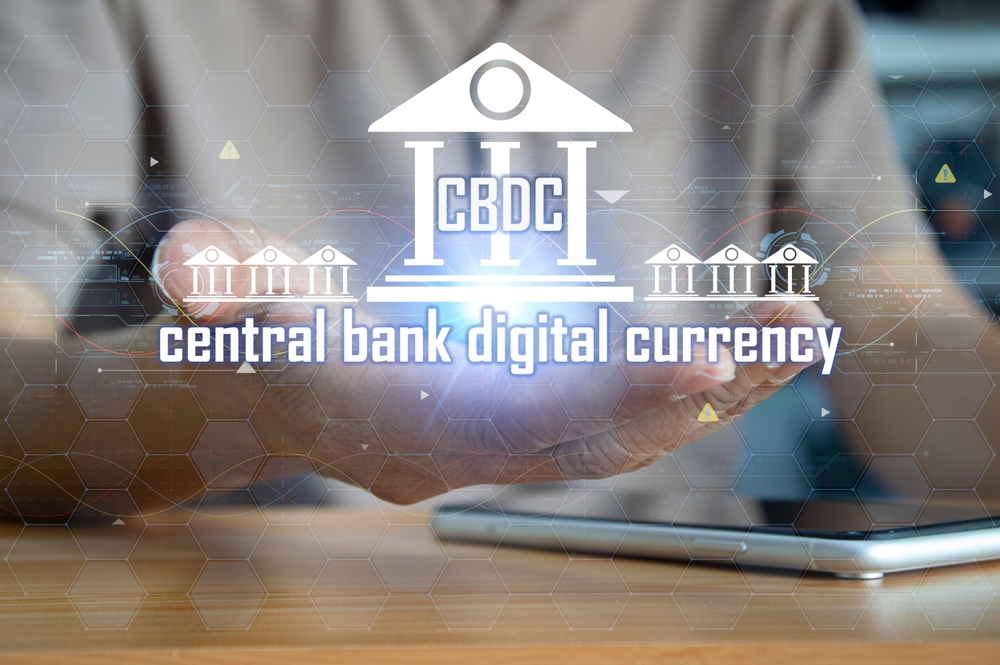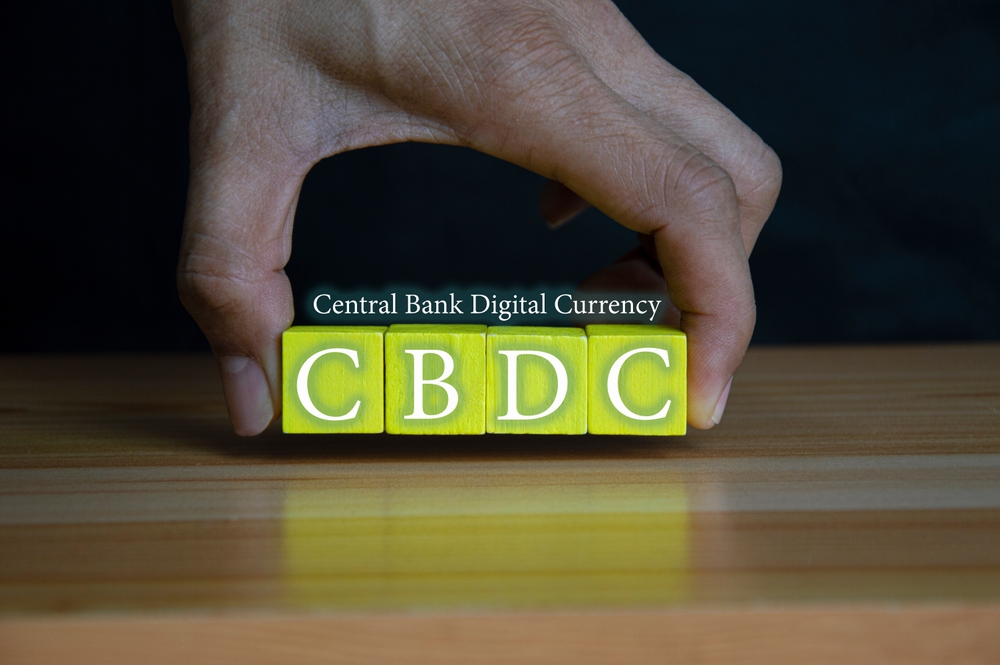Introduction
Central Bank Digital Currencies (CBDCs) represent a groundbreaking shift in the financial sphere. These digital counterparts to conventional fiat currencies, under the jurisdiction of central banks, are primed to transform the global financial landscape profoundly. CBDCs have the potential to revolutionize payment systems by enabling instantaneous, cost-effective transactions around the clock. Financial inclusion may be significantly enhanced as CBDCs provide access to those previously excluded from traditional banking services.
Moreover, CBDCs grant central banks a potent toolset for implementing precise monetary policies, improving responsiveness to economic fluctuations. However, their implementation raises valid concerns regarding privacy and surveillance, as each transaction can be meticulously tracked. Additionally, the geopolitical implications are substantial, as a dominant CBDC could challenge the global primacy of the U.S. dollar. Technological challenges, consumer education, and environmental considerations must also be addressed. In sum, CBDCs herald a transformative era in finance, offering great promise alongside complex challenges that require thoughtful navigation and regulation.

Digital Transformation of Payments
CBDCs have the potential to revolutionize the way we make payments. With CBDCs, transactions can occur instantaneously, 24/7, and with minimal fees. This digital leap will likely reduce the need for physical cash and even disrupt existing payment systems and intermediaries like credit card companies and payment processors. Individuals and businesses will have access to a more efficient and cost-effective payment infrastructure.
Financial Inclusion
Central Bank Digital Currencies (CBDCs) hold the potential to revolutionize financial inclusion. By providing a digital currency accessible via smartphones or computers, CBDCs remove traditional barriers to banking for the unbanked and underbanked populations. This newfound accessibility empowers individuals to save, invest, and engage in economic activities, previously hindered by limited access to banking services. CBDCs open doors to financial empowerment, bridging the gap between marginalized communities and the modern economy, fostering economic growth and resilience for all.
Banking Disruption and Competition
CBDCs could potentially disrupt the traditional banking industry. Individuals and businesses may choose to hold their funds directly with central banks, bypassing commercial banks. This could lead to decreased demand for traditional bank deposits and pressure on banks to offer more competitive services, potentially lowering fees and improving customer service.
Monetary Policy
CBDCs provide central banks with powerful tools for implementing monetary policy. They can control the money supply more precisely, influence interest rates, and even implement negative interest rates more effectively. This level of control can help central banks respond to economic crises with greater agility and precision.
Financial Surveillance and Privacy Concerns
The widespread use of CBDCs raises concerns about financial surveillance and individual privacy. Central banks and governments will have detailed information about every transaction, potentially giving rise to concerns about data security and privacy breaches. Striking the right balance between surveillance and privacy will be a crucial challenge.
Cross-Border Transactions and International Trade
CBDCs could simplify cross-border transactions and international trade. Today, such transactions involve multiple intermediaries, currencies, and complex processes. CBDCs can streamline these processes, reducing costs and transaction times. However, this also raises questions about how international regulations and interoperability between different countries’ CBDCs will work.
Geopolitical Implications
CBDCs could have significant geopolitical implications. If one country’s CBDC gains widespread international acceptance, it could challenge the dominance of the U.S. dollar as the world’s primary reserve currency. This shift in financial power dynamics could have far-reaching consequences in terms of global trade, economic influence, and financial stability.
Technological Challenges
The adoption of CBDCs comes with technological challenges. Developing secure and scalable digital currency platforms is essential to prevent fraud and cyberattacks. Additionally, central banks need to ensure that CBDCs are accessible and user-friendly for all segments of the population, including those without access to advanced technology.

Consumer Adoption and Education
Successfully introducing CBDCs will require significant consumer education and adoption efforts. People need to understand how CBDCs work, how to use them securely, and the potential benefits they offer. Central banks will need to invest in public awareness campaigns and user-friendly interfaces.
Environmental Concerns
The energy consumption associated with blockchain technology, which underlies many CBDCs, raises environmental concerns. Central banks must consider the environmental impact of CBDC implementation and explore ways to minimize their carbon footprint.
Conclusion
The advent of Central Bank Digital Currencies is a watershed moment for global finance. While the potential benefits are vast, including faster and more accessible payments, financial inclusion, and improved monetary policy tools, there are also significant challenges and risks to address. These include privacy concerns, the disruption of traditional banking, geopolitical shifts, and environmental considerations.
CBDCs represent a paradigm shift in how we think about money and finance. They have the potential to make financial systems more efficient and inclusive, but they also raise complex questions about privacy, security, and economic stability. As central banks and governments around the world continue to explore and develop CBDCs, it will be essential to strike the right balance between innovation and regulation to ensure that CBDCs can deliver their transformative potential while addressing potential pitfalls. The future of global finance is undoubtedly digital, and CBDCs are at the forefront of this evolution.
